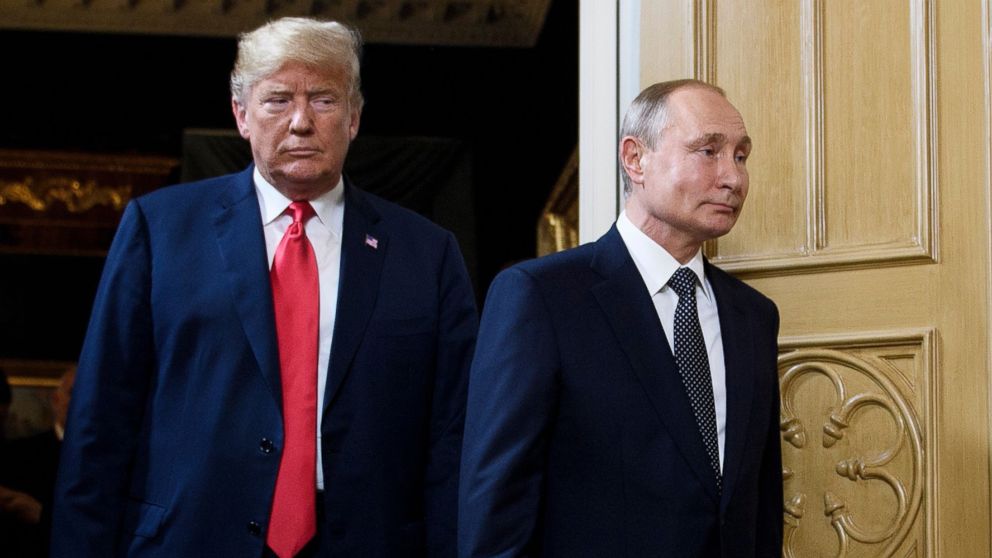
Xiao Bin, Deputy Secretary-general, Center for Shanghai Cooperation Organization Studies, Chinese Association of Social Sciences
Oct 28, 2025
The meeting was agreed upon to promote a cease-fire in the Ukraine conflict. But it was called off, underscoring the fragility of peace initiatives and suggesting that the war is likely to continue for a long time.
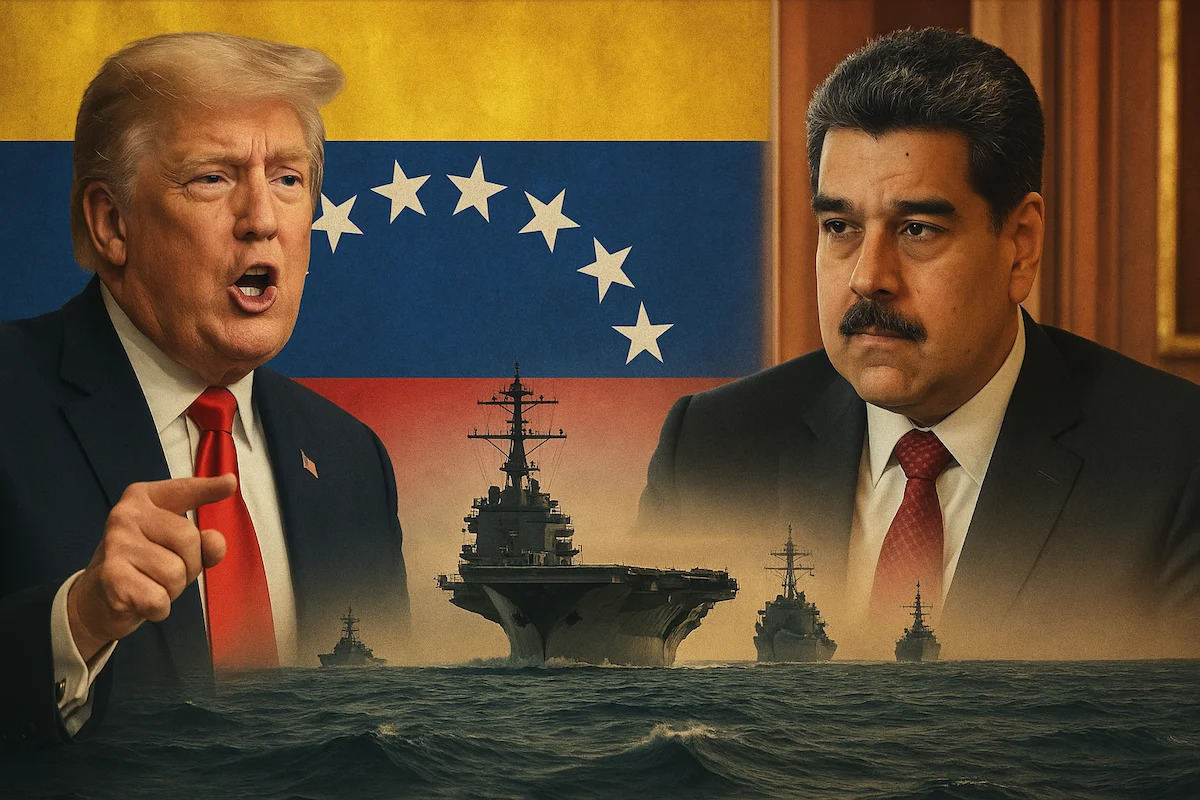
Zhao Minghao, Professor, Institute of International Studies at Fudan University, and China Forum Expert
Oct 27, 2025
The U.S. president is attempting to create his own brand of diplomacy for the Western Hemisphere, but it’s hard to find the right words to describe it. While the United States hopes to reduce its burden for safeguarding the international order, what it wants in its own neighborhood is only expansion.
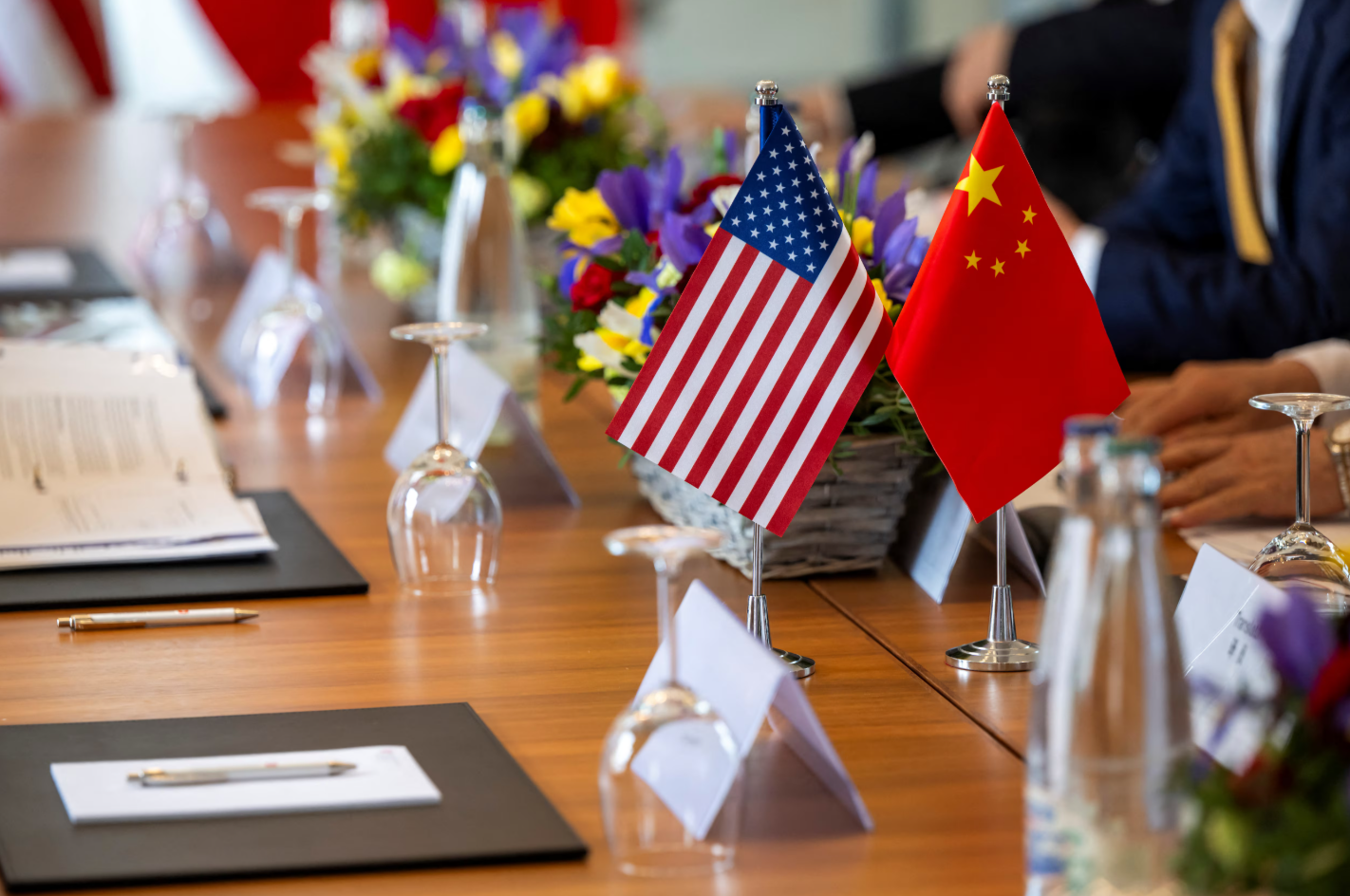
Warwick Powell, Adjunct Professor at Queensland University of Technology, Senior Fellow at Beijing Taihe Institute
Oct 27, 2025
John Maynard Keynes’ The Economic Consequences of the Peace (1919) remains one of the most prescient critiques of postwar settlement in modern history. In it, Keynes warned that victory can hollow itself out when the victors lose their sense of humility. The punitive reparations imposed upon Germany after World War I, he argued, sowed the seeds for future instability by humiliating and impoverishing a nation that, once stripped of dignity and hope, would not long consent to the order imposed upon it. His insight was both economic as well as moral and political: sustainable peace requires magnanimity, not vengeance; it presupposes an architecture of inclusion, not one of exclusion. In today’s parlance, it rejects blocs aimed at those outside and seeks to ground relations in the idea of indivisible peace.
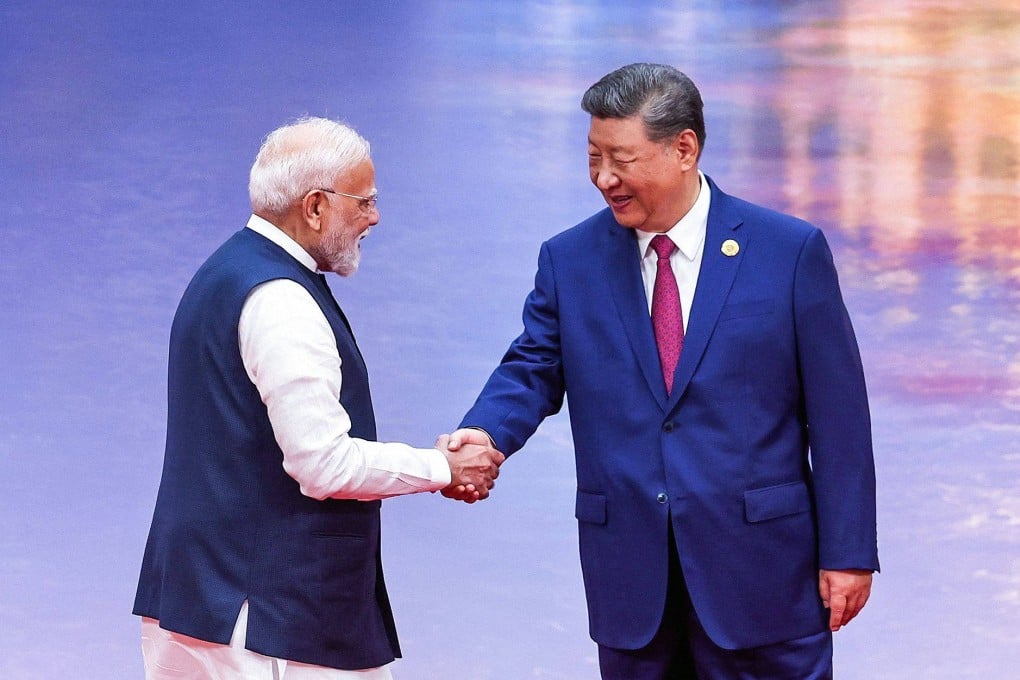
Richard Javad Heydarian, Professorial Chairholder in Geopolitics, Polytechnic University of the Philippines
Oct 24, 2025
Donald Trump’s protectionist policies and strained diplomacy have damaged U.S. relations with key allies, including India, which has responded by seeking closer ties with China. This emerging Sino-Indian rapprochement marks a potential shift toward a more multipolar global order led by Asian powers.
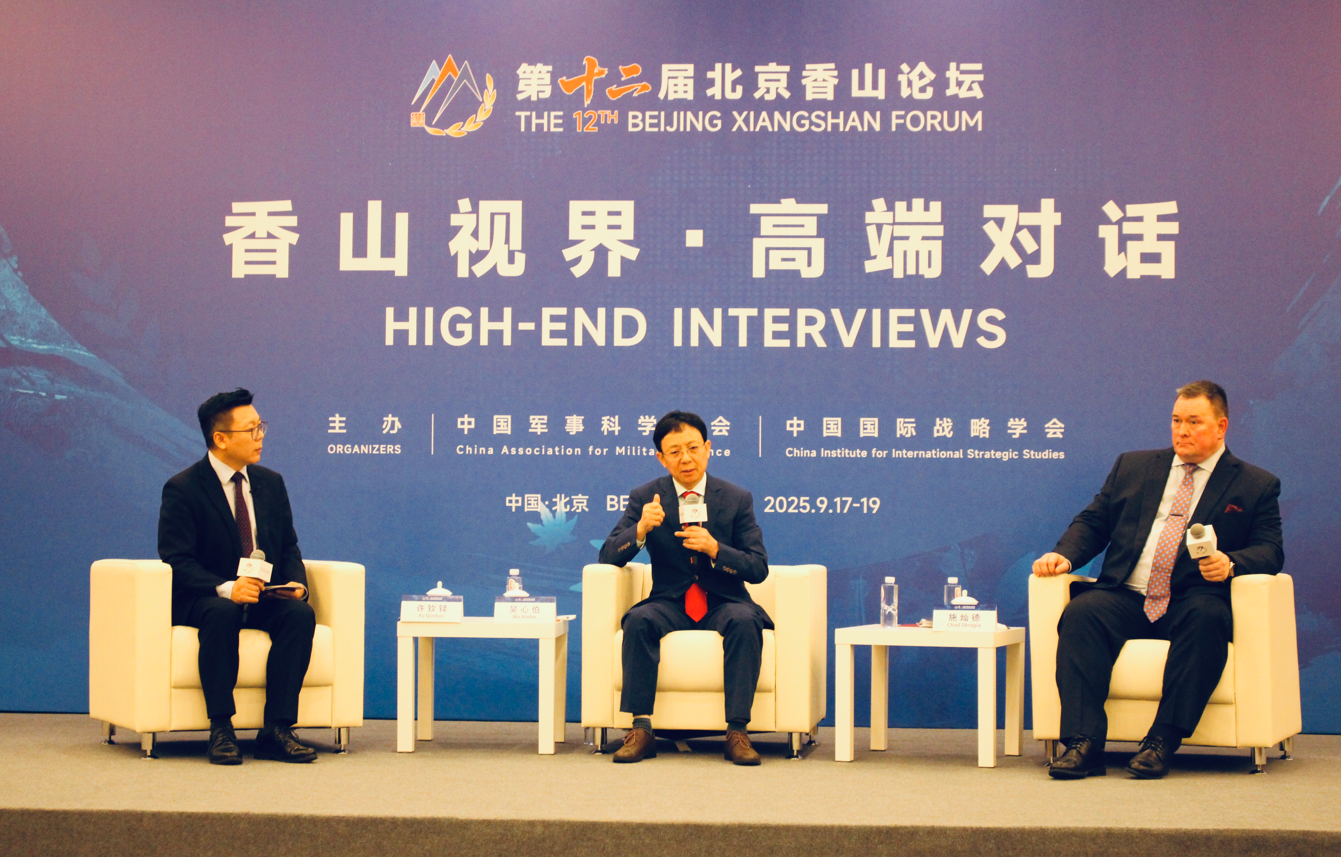
Oct 24, 2025
The 12th Beijing Xiangshan Forum was held at the Beijing International Convention Center Sept. 18-19. Professor Wu Xinbo, dean of the Institute of International Studies at Fudan University, spoke with China-US Focus editor Huang Zhijin and assessed the trajectory of Trump 2.0’s China policy. The transcript below has been edited for clarity.
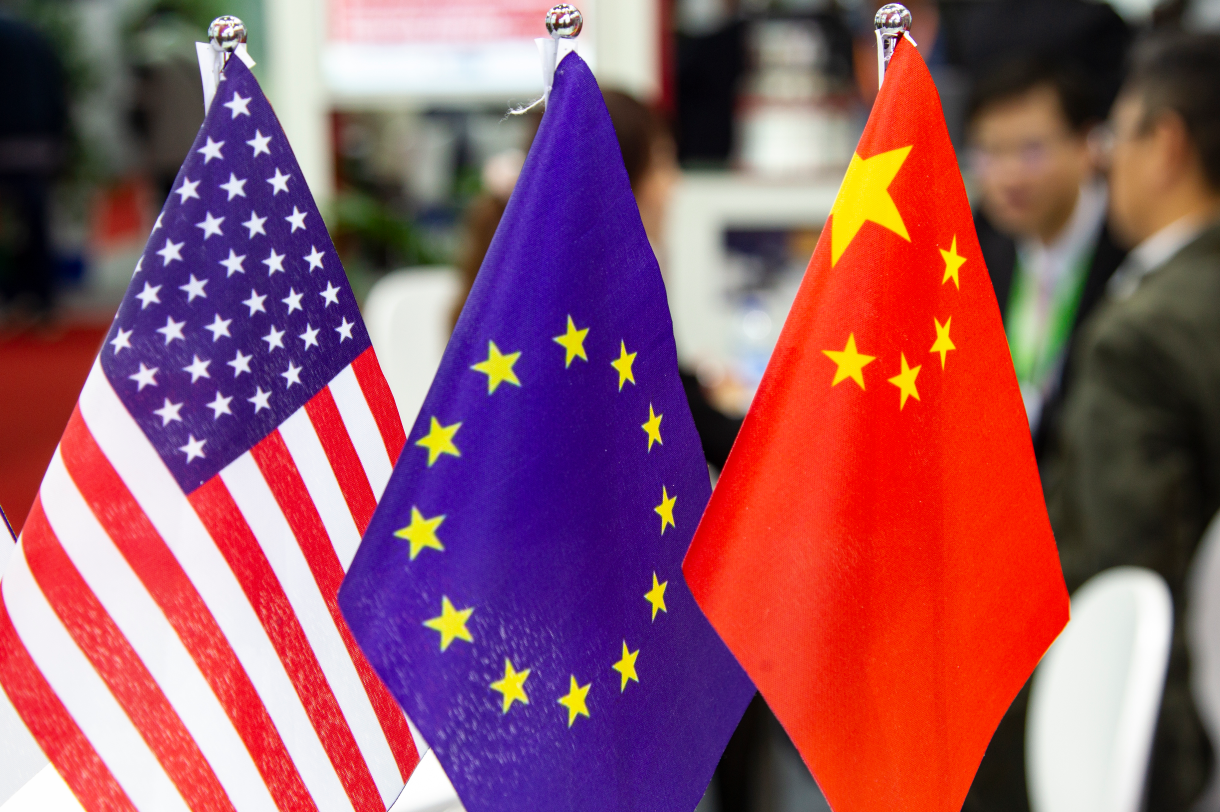
Sebastian Contin Trillo-Figueroa, Geopolitics Analyst in EU-Asia Relations and AsiaGlobal Fellow, The University of Hong Kong
Oct 22, 2025
Europe has failed to establish a coherent strategy toward China, shifting inconsistently between partnership, competition, and rivalry without defining clear objectives. Ursula von der Leyen’s 2025 State of the Union address, which omitted any substantive mention of China, marked the collapse of the EU’s China policy and exposed its strategic paralysis amid U.S. pressure and Chinese influence.
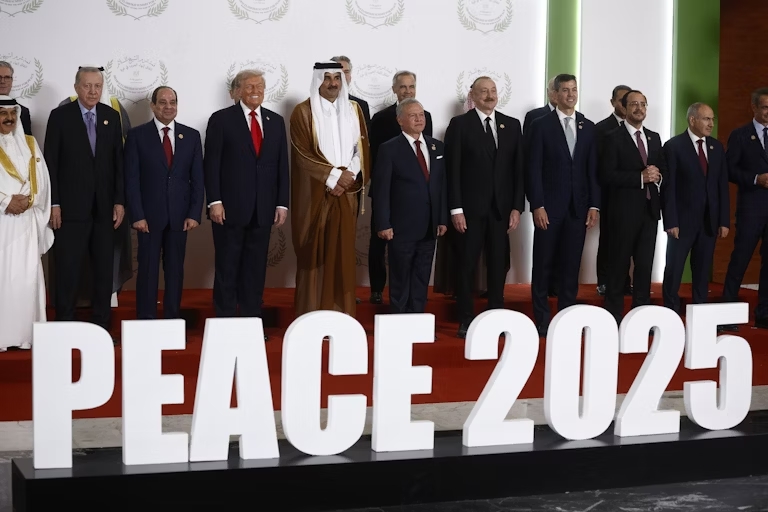
Sebastian Contin Trillo-Figueroa, Geopolitics Analyst in EU-Asia Relations and AsiaGlobal Fellow, The University of Hong Kong
Oct 17, 2025
As Trump’s administration barrels forward, what seemed like a potential era of isolation has become a series of interventions that seemingly have come with one single calculation resting on America’s peerless power.
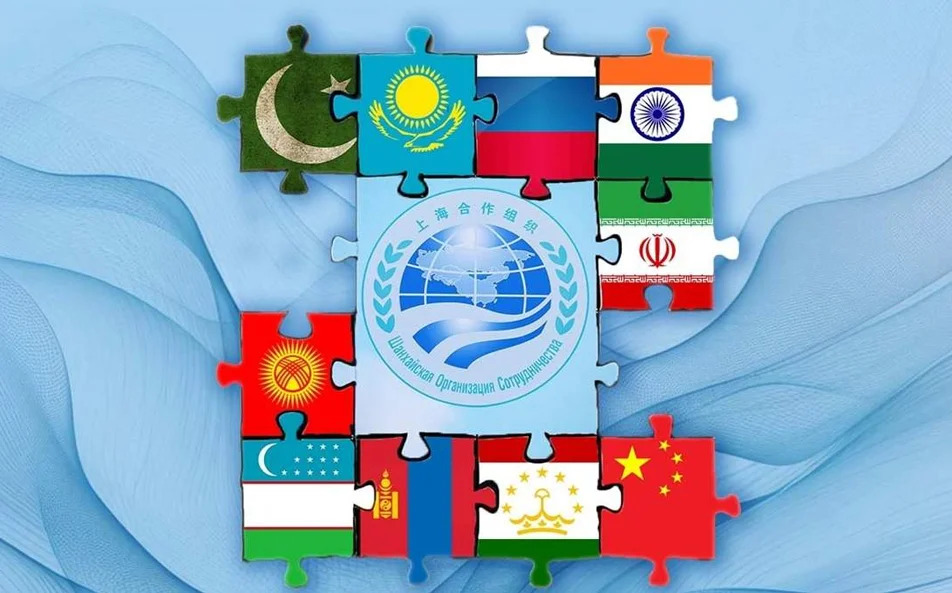
Gu Bin, Associate Professor, Beijing Foreign Studies University
Oct 09, 2025
The new way is not about dismantling anything. It simply rejects American hegemonic thinking and embraces the Oriental wisdom of consultation and co-governance. This approach, which transcends the American model, represents the future.

Oct 09, 2025
During the 12th Beijing Xiangshan Forum on Sept. 18-19 at the Beijing International Convention Center, Da Wei, Director of the Center for International Security and Strategy (CISS) and Professor of International Relations at Tsinghua University, was interviewed by China-US Focus Beijing editor Huang Zhijin. Da Wei believes that in the short term, China-U.S. relations will remain focused on maintaining stability; and as domestic political imperatives and broader global strategic considerations increasingly dominate the policy agenda, the Indo-Pacific strategy under Trump 2.0 appears to be losing substance.
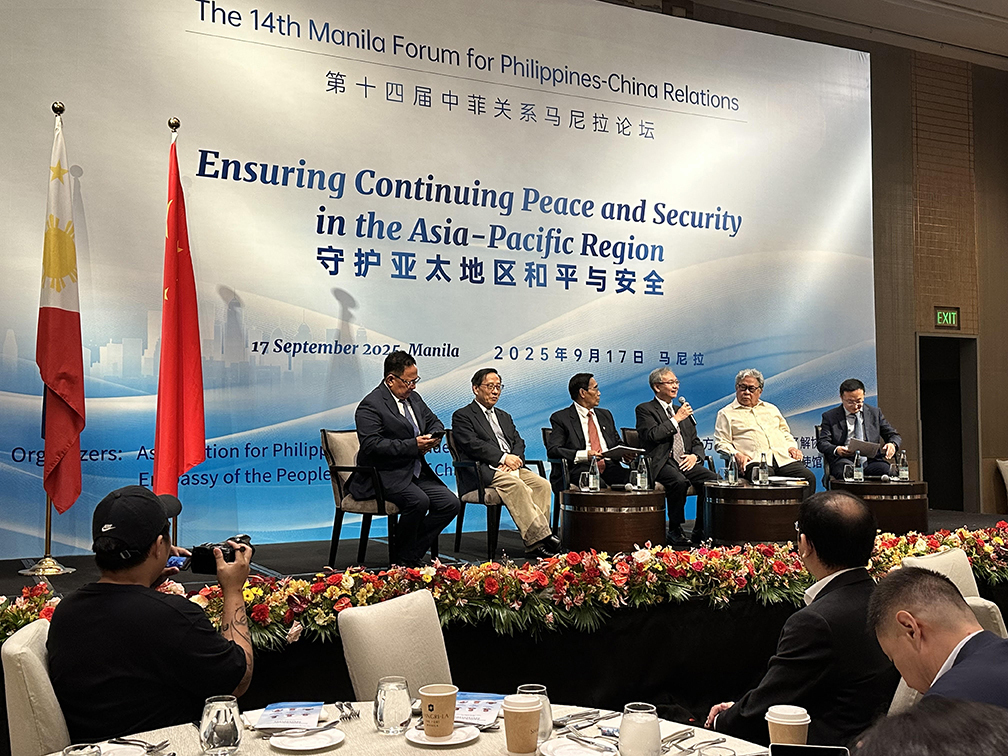
Enrico V. Gloria, Assistant Professor, University of the Philippines, Diliman
Oct 03, 2025
China’s leaders present peace as “inevitable,” yet Southeast Asia’s response is uneven, marked by cautious optimism in some quarters and deep mistrust in others. With Beijing placing neighborhood diplomacy at the heart of its foreign policy, the credibility of its peace promise is best judged through Southeast Asian perceptions and experiences.
Back to Top

- China-US Focus builds trust and understanding between the U.S. and China through open dialogue among thought leaders.
- Our Offerings
- Topics
- Videos
- Podcasts
- Columnists
- Research Reports
- Focus Digest
- Stay Connected
-
Thanks for signing up!
- Get the latest stories from China-US Focus weekly.